- Voice
- Keyboard
- String
- Woodwind
- Brass
- Library
Latest Variations
2025
Organ + Various instruments
Duration ≃ 04:25
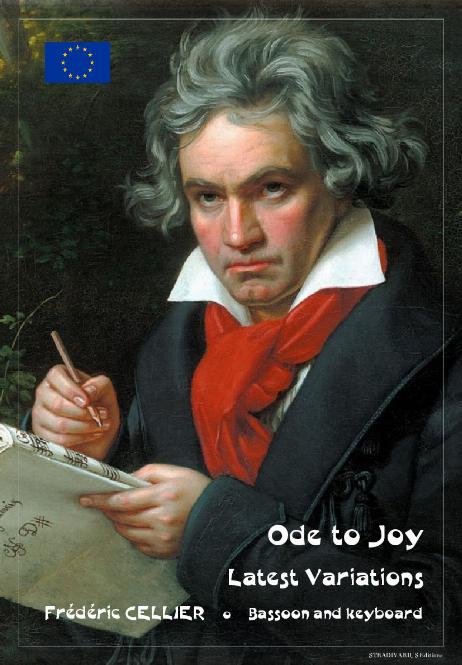
SCORE Bassoon and keyboard
PDF - 9 pages
PART Bassoon
PDF - 4 pages
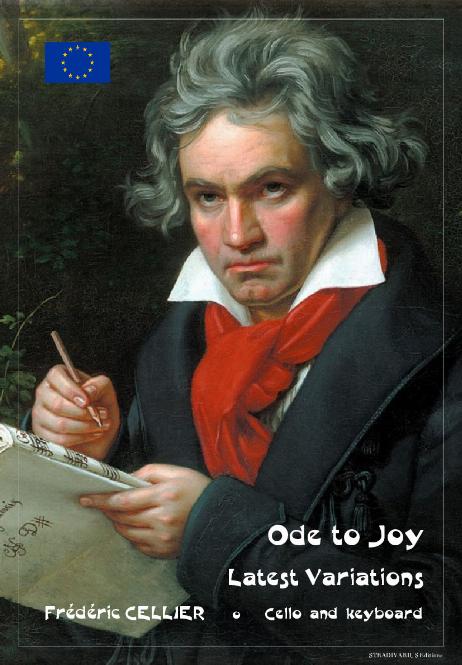
SCORE Cello and keyboard
PDF - 9 pages
PART Cello
PDF - 4 pages
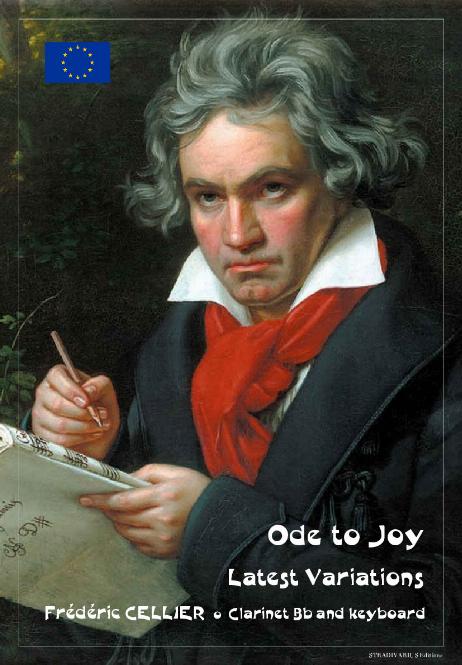
SCORE Clarinet Bb and keyboard
PDF - 9 pages
PART Clarinet Bb
PDF - 4 pages
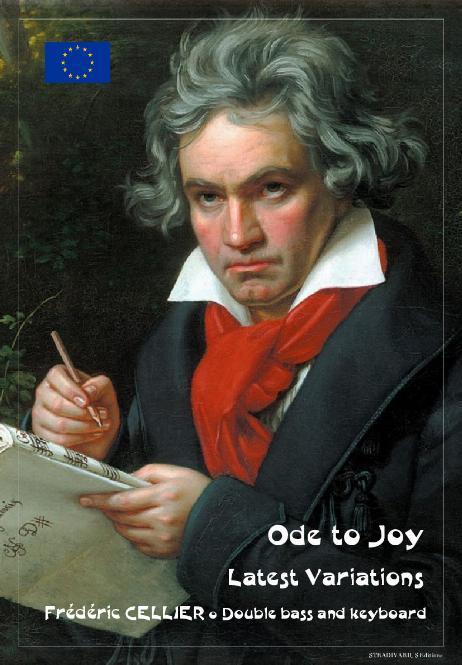
SCORE Double bass an keyboard
PDF - 9 pages
PART Double bass
PDF - 4 pages
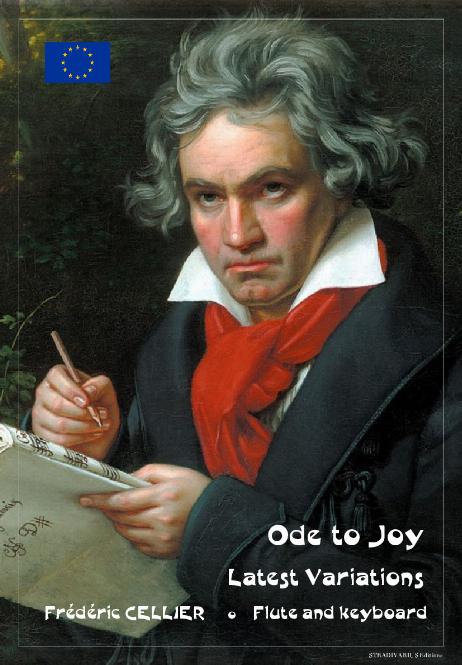
SCORE Flute and keyboard
PDF - 9 pages
PART Flute
PDF - 4 pages
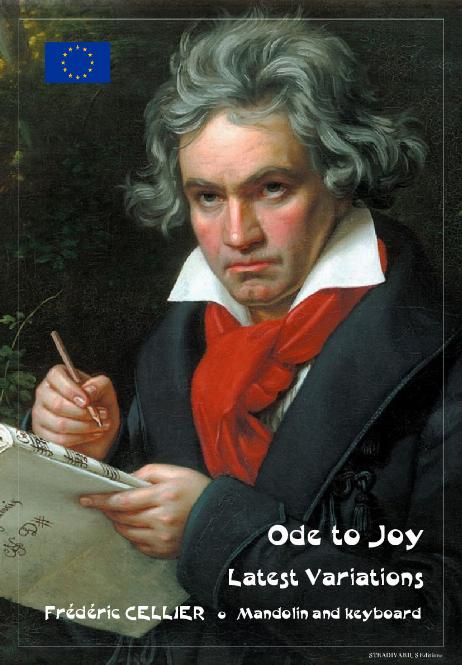
SCORE Mandolin and keyboard
PDF - 9 pages
PART Mandolin
PDF - 4 pages
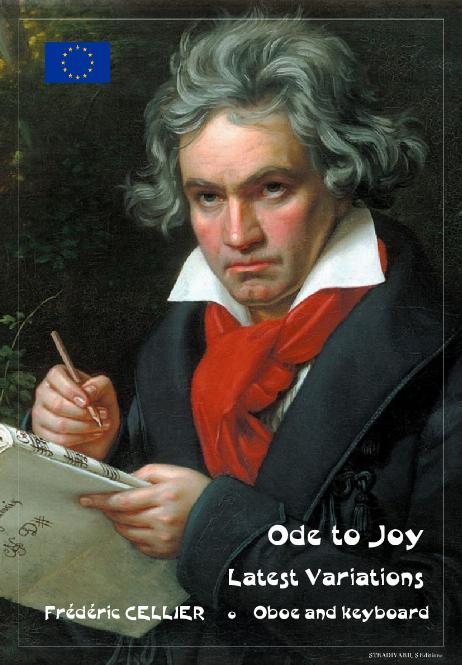
SCORE Oboe and keyboard
PDF - 9 pages
PART Oboe
PDF - 4 pages
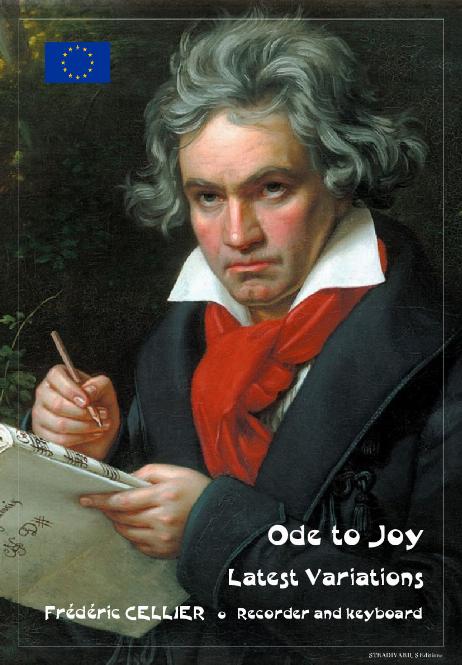
SCORE Recorder and keyboard
PDF - 9 pages
PART Recorder Soprano or Tenor
PDF - 4 pages
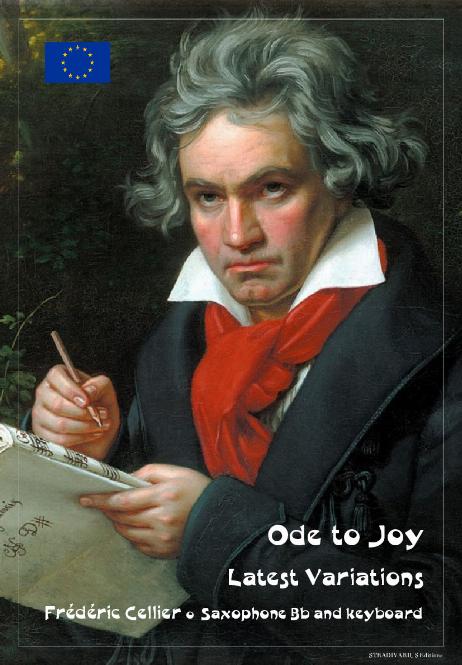
SCORE Saxophone Bb and keyboard
PDF - 9 pages
PART Saxophone Bb
PDF - 4 pages
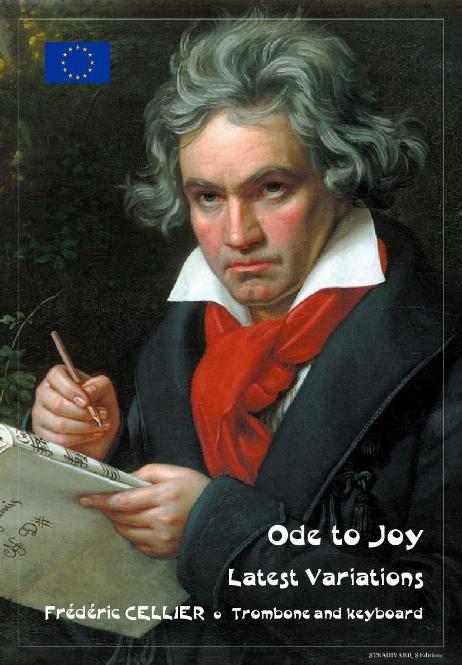
SCORE Trombone and keyboard
PDF - 9 pages
PART Trombone
PDF - 4 pages
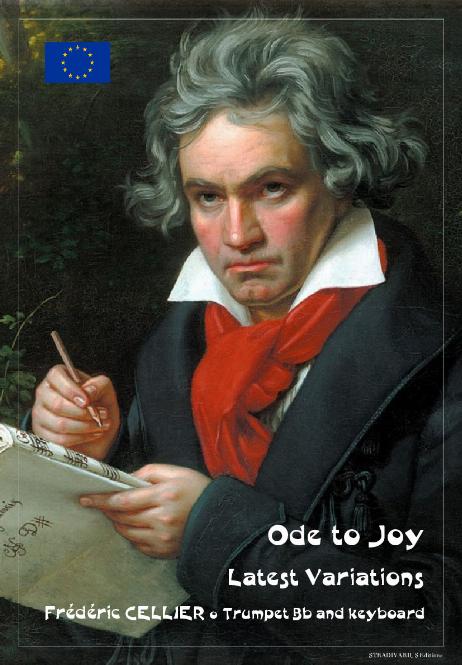
SCORE Trumpet Bb and keyboard
PDF - 9 pages
PART Trumpet Bb
PDF - 4 pages
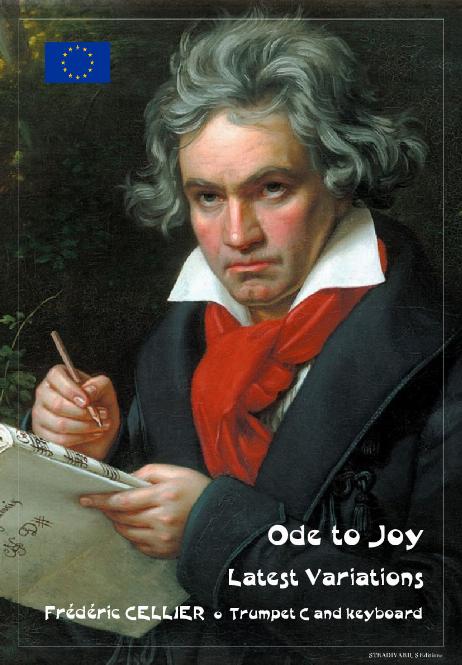
SCORE Trumpet C and keyboard
PDF - 9 pages
PART Trumpet C
PDF - 4 pages
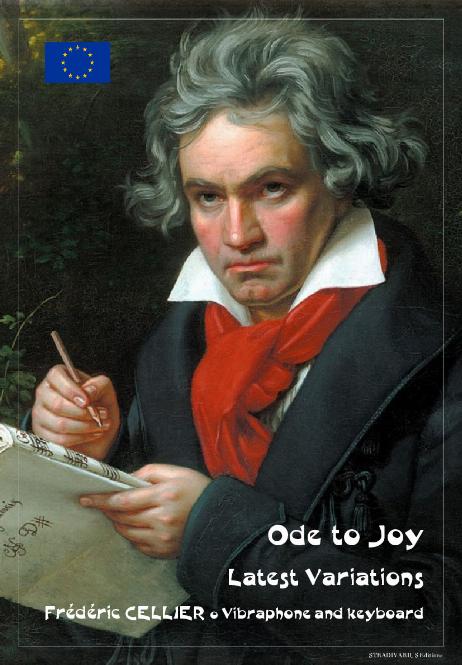
SCORE Vibraphone and keyboard
PDF - 9 pages
PART Vibraphone
PDF - 4 pages
Schiller's poem An die Freude (1785), which inspired Beethoven to write the well-known theme for the finale of his 9th Symphony (1823/4), now the official anthem of the Council of Europe and the European Union, is not just about joy, but also about freedom, peace and human brotherhood. In a deliberate break with protocol, our theme is presented here in 6 short, light and contrasting variations. After a brief 8-bar introduction, this Theme is presented in 2 voices over a descending chromatic bass in white. Variation 1 repeats the theme, articulating it in eighth notes over a descending chromatic bass in quarter notes. Variation 2 consists of brief exchanges between melody and bass, with a contrasting ‘voluntary and heroic’ character in the middle section. Variation 3 is a sort of drunken interpretation of our theme, transformed for the occasion into an eccentric ragtime. Variation 4, meno mosso e malincolinco, is minor and ornamented in the Baroque style. Variation 5 sees the melody come to life in virtuoso triplets on the simple support of its descending chromatic bass in white. Variation 6 extends this pacifist, eclectic musical joke a little further in a style that I like to call ‘post-yéyé’, before finally disappearing, after a conclusion that has been postponed several times, in a final flop. Frédéric Cellier
Encouraged by Jean Françaix, who hailed him as ‘an excellent musician and tireless arranger’, Frédéric Cellier wrote a number of pieces of light music and a considerable number of arrangements in all styles and for all instruments acclaimed by numerous personalities in the music world. Along his university studies (DEA in musicology, University of Paris IV-Sorbonne), Frédéric Cellier was awarded three first prizes and a development prize at the CNR of Nice and won first prize at the International Competition of Musical Execution - soloist category – of Stresa (Italy). He is the laureate of the Fondation de France and the Yehudi Menuhin Foundation and accredited teacher at the CNR of Nice, the CNR of Marseille, and at the CRR Olivier Messiaen of Avignon (France). Frédéric Cellier is the interpreter of Francis Poulenc’s Sonata for clarinet Bb and piano with Jean-Michel Damase, Jean Françaix or Gabriel Tacchino, but also performs his own version for clarinet, piano and string orchestra of George Gershwin’s Rhapsody in blue for Wynton Marsalis or under the baton of Adrian Gershwin, grandson of the composer.
Added to your basket

Removed from your basket

Added to your favorites

Removed from your favorites

You must be registered to use this function

You reached the download limit for free products (5 per day)
